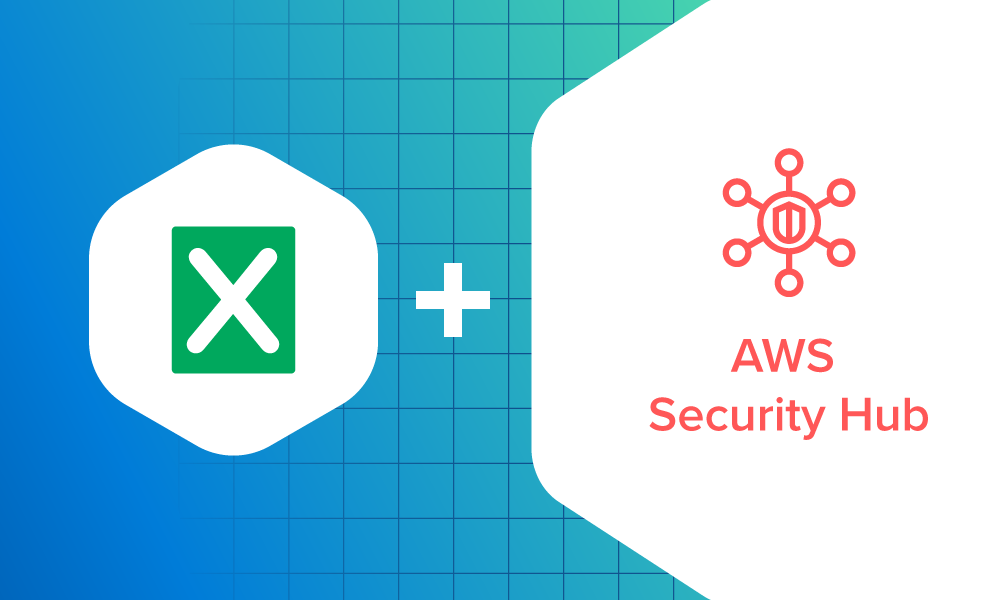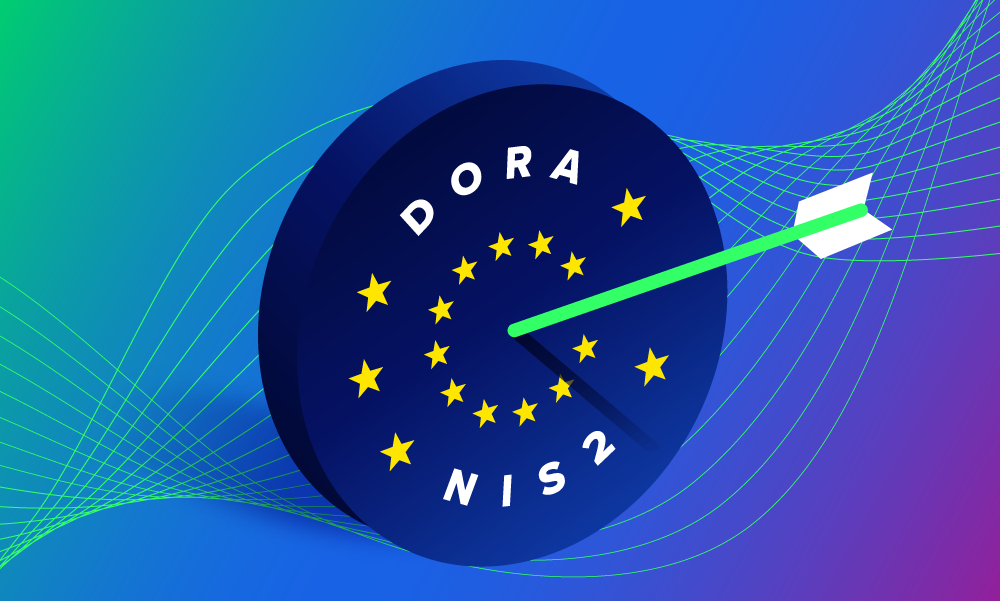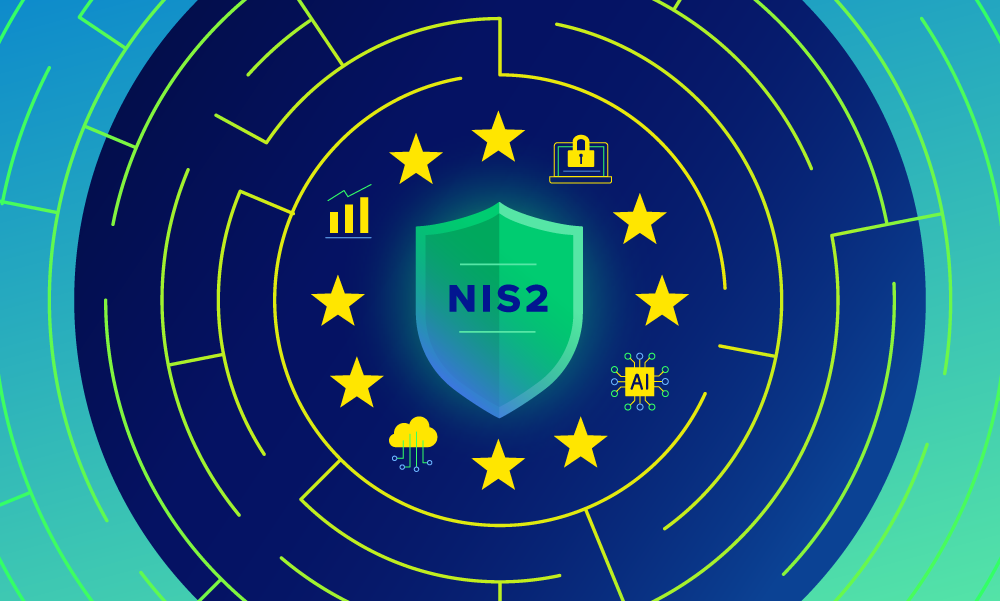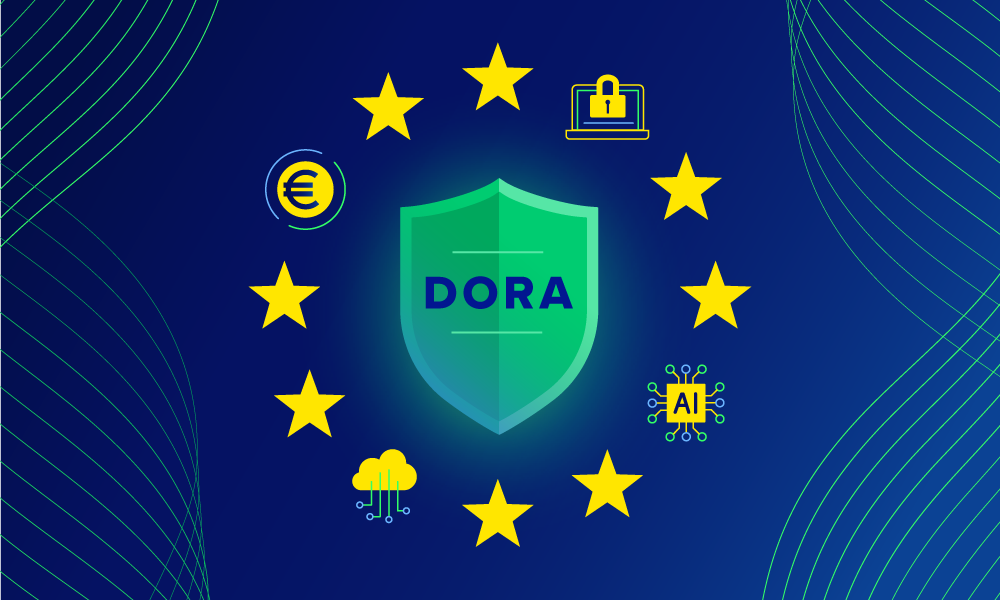MDR · 4 MIN READ · SCOUT SCHOLES · APR 30, 2025 · TAGS: Guidance
TL;DR
- Per-endpoint pricing is a common model in managed detection and response (MDR) these days, but it’s not always as straightforward as it sounds
- “Free” features can often be a trap, when these features later end up as a line item cost, or are covering up missing capabilities
- Use this blog to help you ask the right questions around MDR pricing and MDR pricing models to find the right option for your org
Managed detection and response (MDR) services have become a cornerstone of many security strategies. As a CISO or director of security, you’re likely evaluating these offerings—but are you seeing the complete financial picture? Let’s unpack the reality of MDR pricing models and the hidden costs that might impact your security budget long-term.
Beyond the per-endpoint price tag
The per-endpoint pricing model has become standard in the MDR industry. At first, it seems straightforward: pay $X per endpoint per month. Simple, predictable, and easy to budget for—or is it?
What many providers don’t highlight is how quickly these costs can multiply. As your organization grows and adds more endpoints, the seemingly reasonable per-device fee can balloon into a significant expense. A 20% expansion in your workforce could translate to a 20% increase in your MDR costs, regardless of whether your risk profile has changed proportionally.
The “free” features trap
“First year included at no additional cost!”
This phrase should immediately trigger caution. Many MDR providers offer attractive bundles with “free” features or services during the initial contract period. These might include:
- Threat hunting capabilities
- Expanded log retention
- Additional dashboards or reporting
- Integration with specific security tools
- Phishing capabilities
- Vulnerability management
The challenge comes in year two, when these “complementary” services suddenly appear as line items on your renewal quote. By then, your security operations may have become dependent on these features, and your log data is stored with the provider, making it difficult to change providers. You’re effectively locked in, facing either a significant price increase or the painful process of migrating to another provider.
The integration cost reality
Most MDR providers advertise seamless integration with your existing security stack. However, the fine print often reveals a different story:
- Limited native integrations requiring expensive custom development
- Additional charges for data ingestion beyond certain thresholds
- Premium pricing for integrating with less common security tools
- Professional services fees for complex integration scenarios
These costs rarely appear in the initial proposal but can significantly impact your total cost of ownership. Additionally, some of those integrations may not exist at all. There may be specific limitations on how an MDR solution can connect with your tech stack, and those limitations may limit your telemetry access. Without telemetry access, incidents can be missed, and false positives can be generated. While this isn’t a cost that’d appear as a line item, it can add up down the road when you have to correct these mistakes.
The scalability paradox
As your organization grows, you expect economies of scale to kick in. Yet with many MDR providers, the opposite occurs. Their pricing models are intentionally designed to extract more revenue as you expand:
- Tier-based pricing that jumps significantly at certain endpoint thresholds
- Data volume surcharges that increase as your environment generates more security telemetry
- “Enterprise” features that suddenly become necessary as you scale, each with its own price tag
What initially seemed like an affordable solution can quickly transform into a budget-straining expense.
Breaking free from the cycle
As a security leader, how can you navigate this complex pricing landscape?
- Look beyond the first year. Always request multi-year pricing scenarios, including all the features you’ll need.
- Understand your growth trajectory. Model your MDR costs based on realistic organization growth over the next 3–5 years.
- Ensure integration coverage and flexibility. Make sure the security tools in your tech stack collect all the telemetry you need, and you have the flexibility to switch tools in the future.
- Scrutinize the “free” offers. If something is offered at no cost initially, get clarity on what it will cost in subsequent years.
- Negotiate contract flexibility. Build in mechanisms to adjust service levels without punitive penalties.
- Consider the extraction costs. How difficult and expensive would it be to transition to another provider if necessary?
- Evaluate total cost of ownership. Factor in integration, training, and operational adjustments required.
The value conversation
While cost matters, the ultimate question isn’t just what you’re paying for—it’s what value you’re receiving. The right MDR provider delivers not just technology but expertise to strengthen your security posture (building resilience).
The most successful CISO-MDR relationships focus on outcomes rather than inputs. How effectively does the service reduce your mean time to detect and respond? What impact does it have on your overall risk profile? How does it support your compliance requirements? How does it lessen the load on your team?
How Expel approaches pricing
Expel is the trusted MDR provider for companies of all sizes, locations, and industries. Our flexible managed detection and response service grows alongside your business without disrupting it. With MDR packages to meet your needs now and later.
And you don’t have to take our word for it. In a report from Enterprise Strategy Group, their in-depth analysis demonstrates the benefits of partnering with Expel for MDR, including:
- Skipping the arduous build phase and deploying comprehensive protection immediately, accelerating protection by 24+ months
- Redirecting your IT budget toward strategic initiatives rather than infrastructure, and slash implementation costs by 80%
- Achieving enterprise-grade security without enterprise-grade investments and getting a 99% risk reduction
- Saving your team from alert fatigue by freeing up their time to focus on what matters by eliminating 90% of alert noise
- Realizing 308% ROI in just one year via independently-verified return that continues to grow over time
- Access to Expel’s wealth of cybersecurity knowledge gathered from years of supporting customers across industries, locations, and security maturity levels
The MDR marketplace is rife with pricing models designed to appear straightforward while concealing long-term costs. As a security leader, you must look beyond the initial per-endpoint figure and understand the complete financial commitment.
By approaching your MDR provider selection knowing these pricing realities, you can make decisions to protect both your organization’s security posture and its financial health—ensuring your security investments deliver sustainable value rather than unsustainable costs.
Questions about Expel MDR, Expel pricing, or anything else? Reach out to us.






